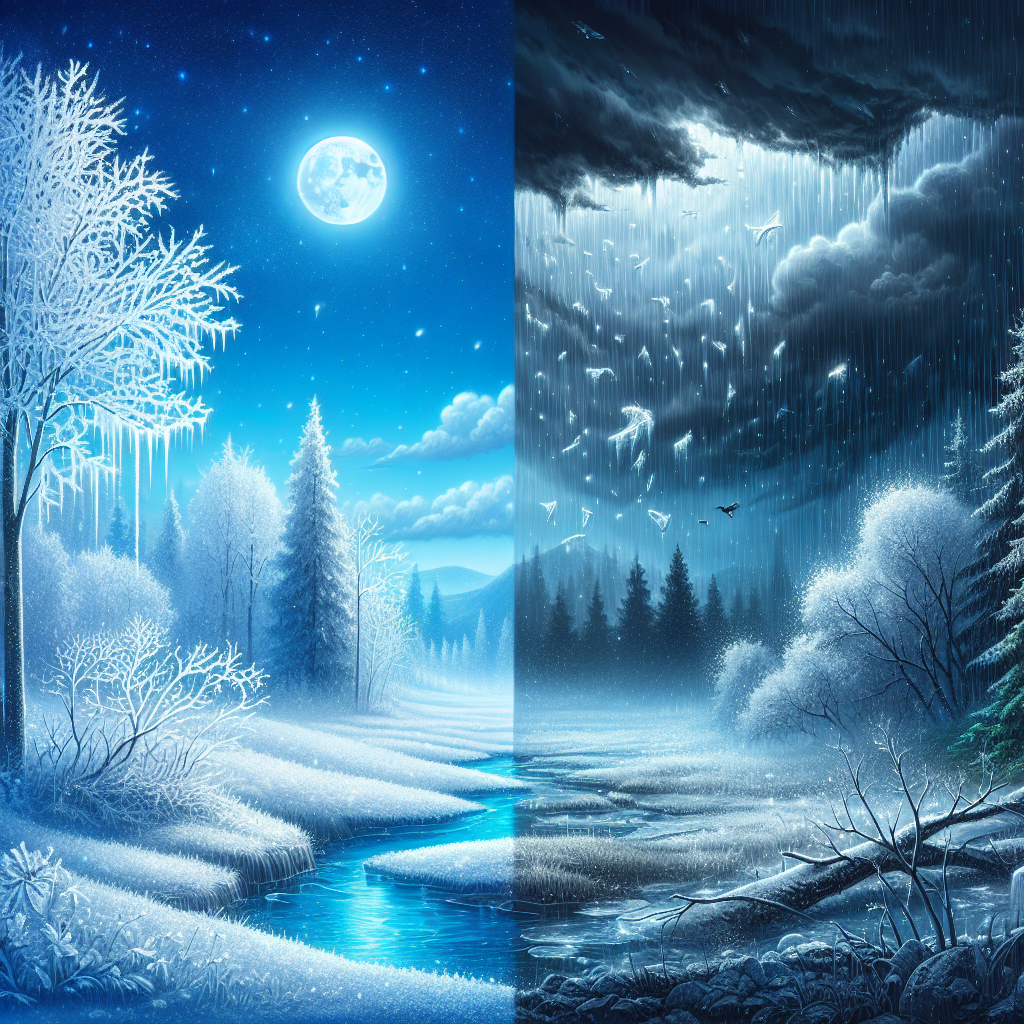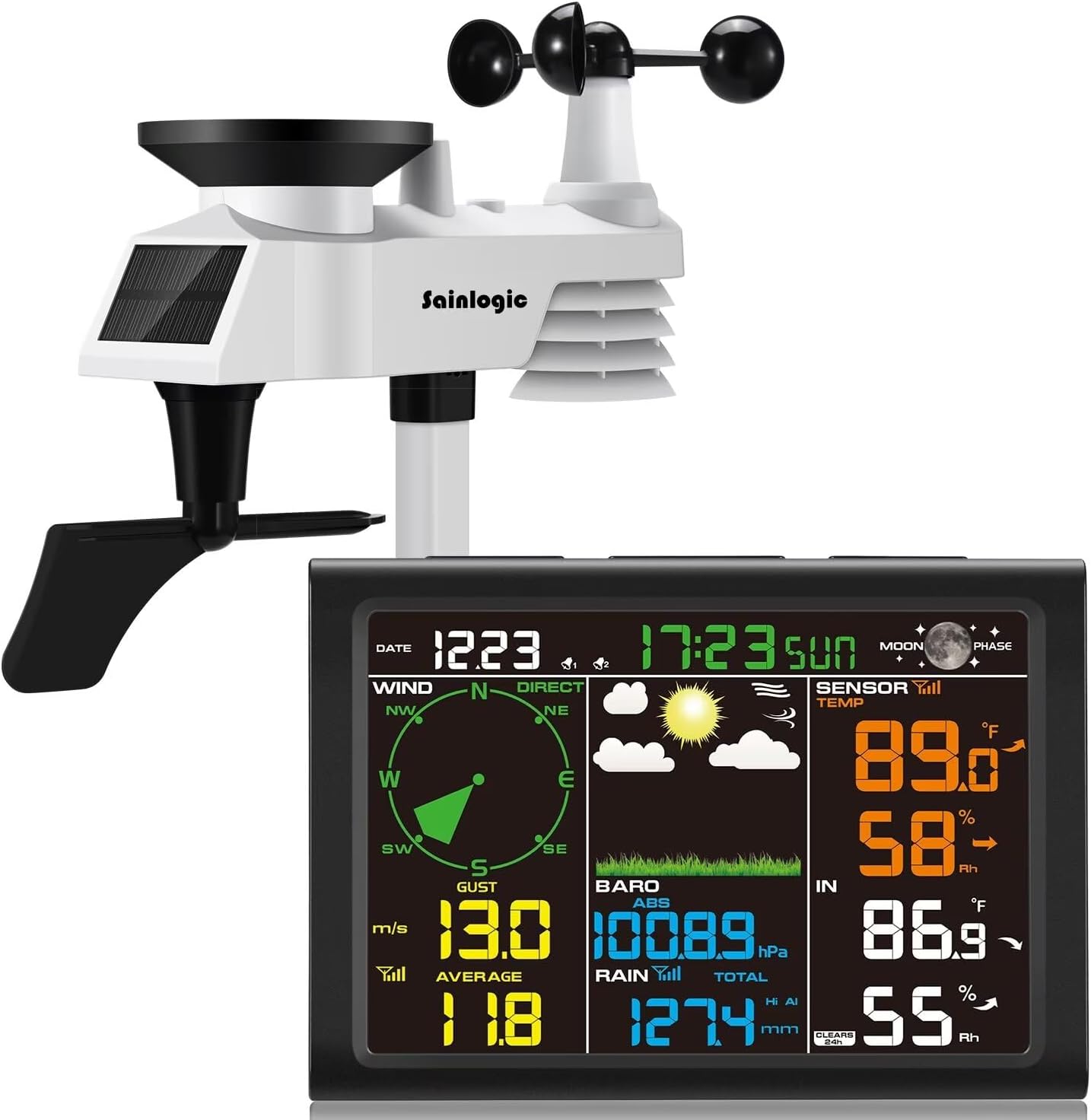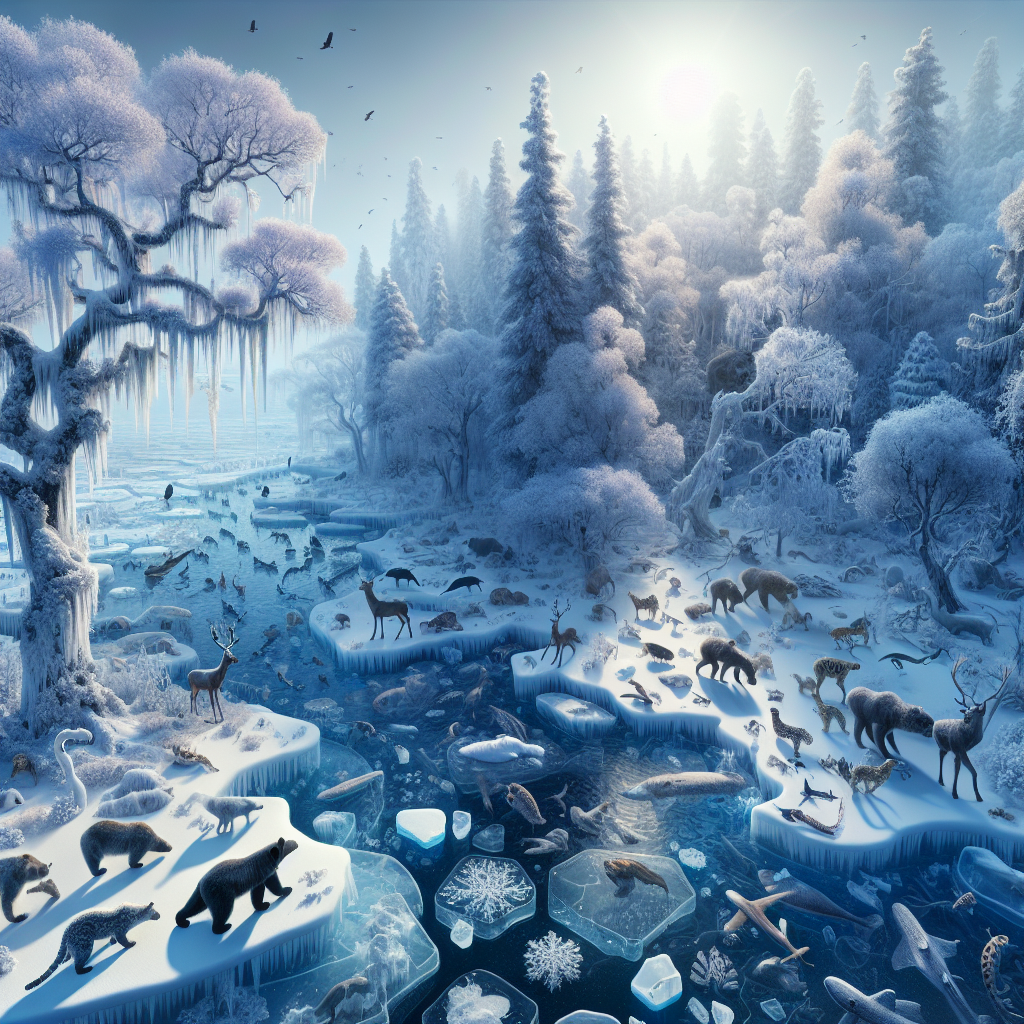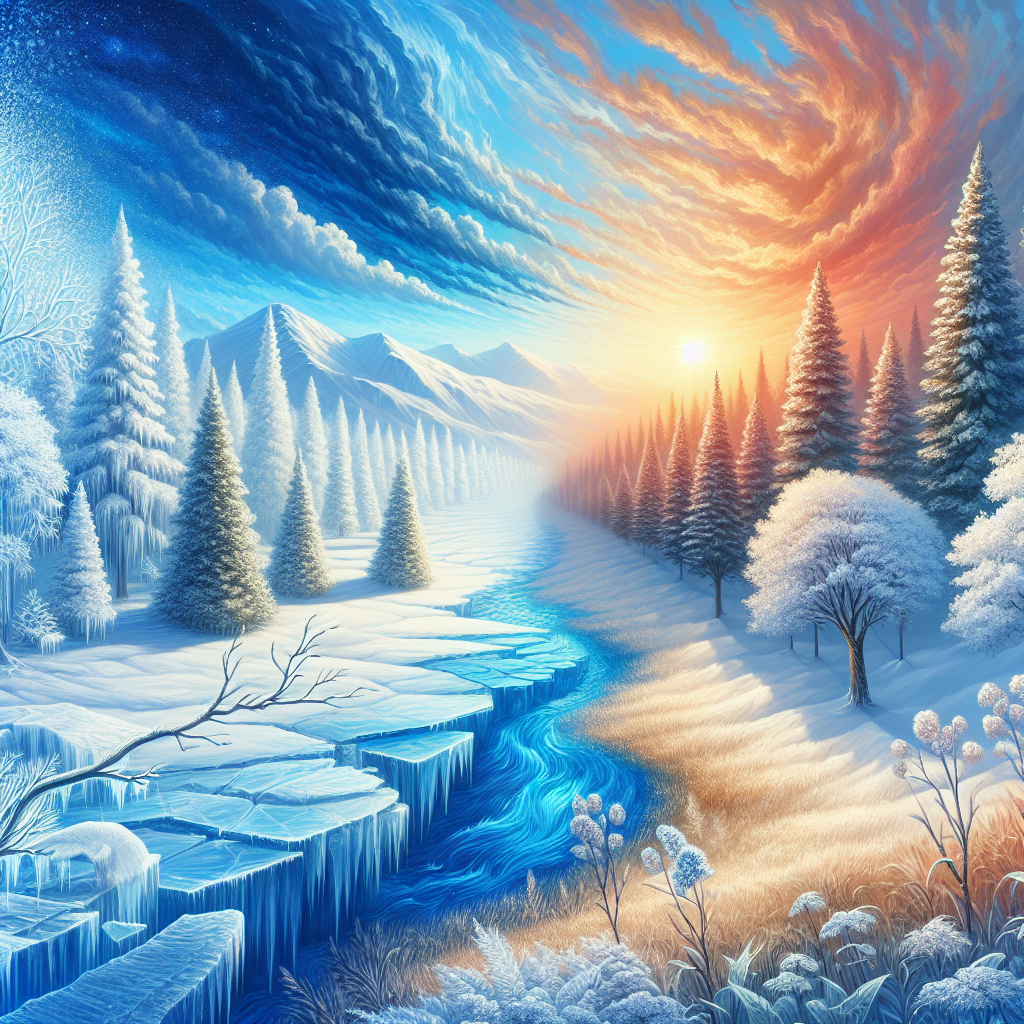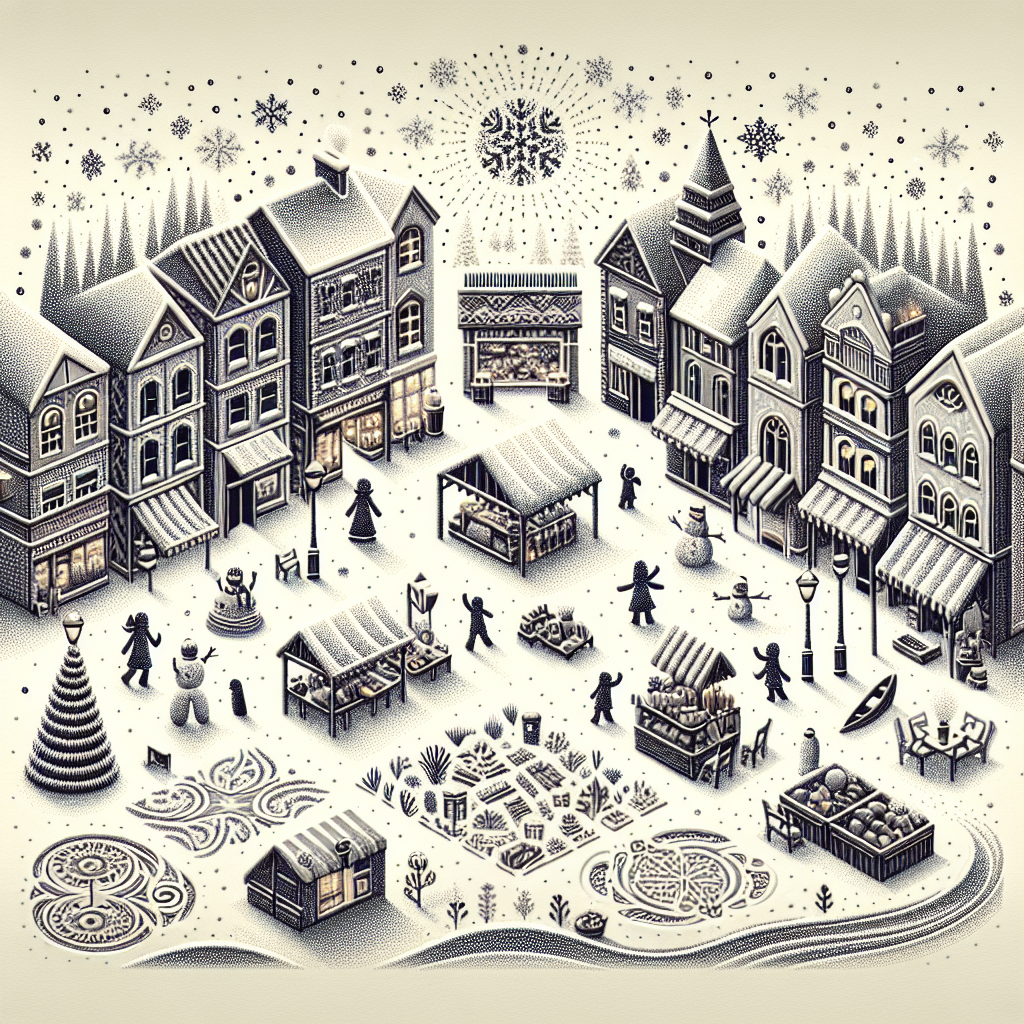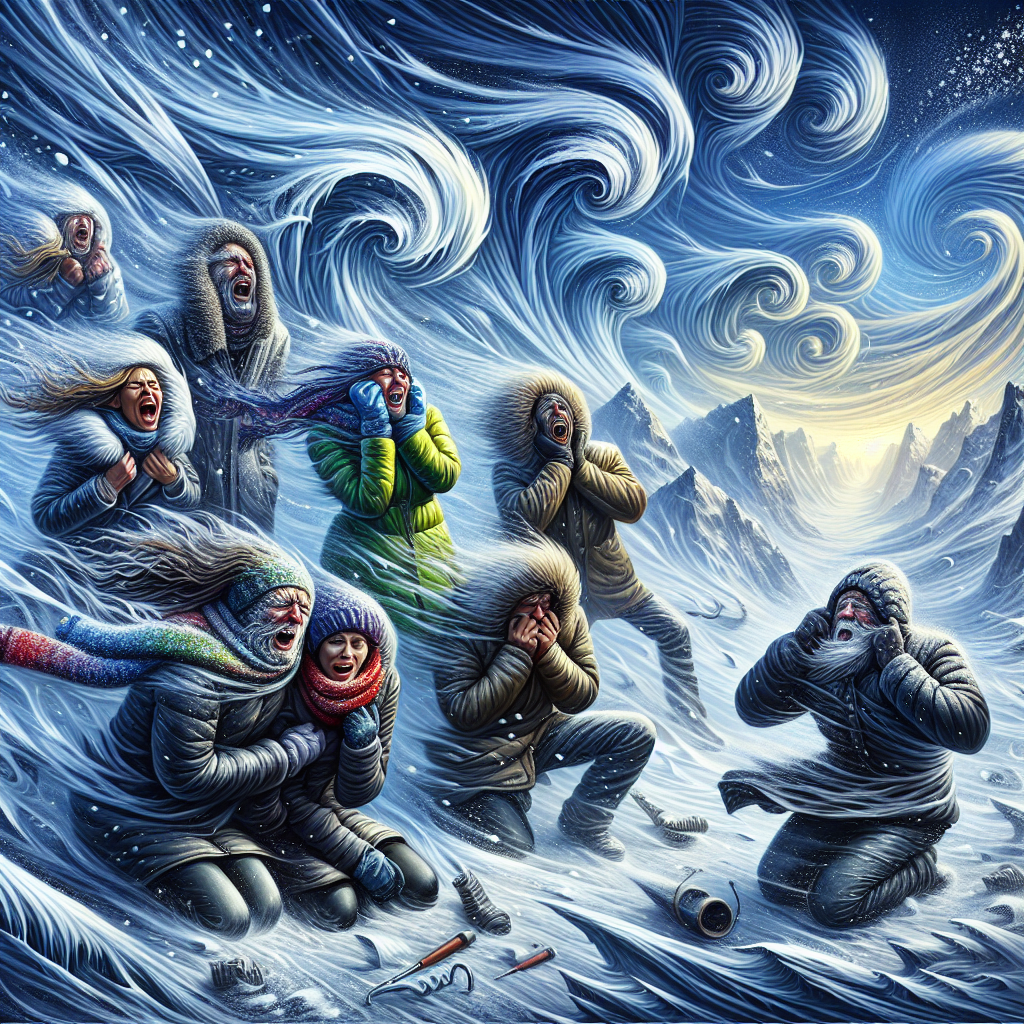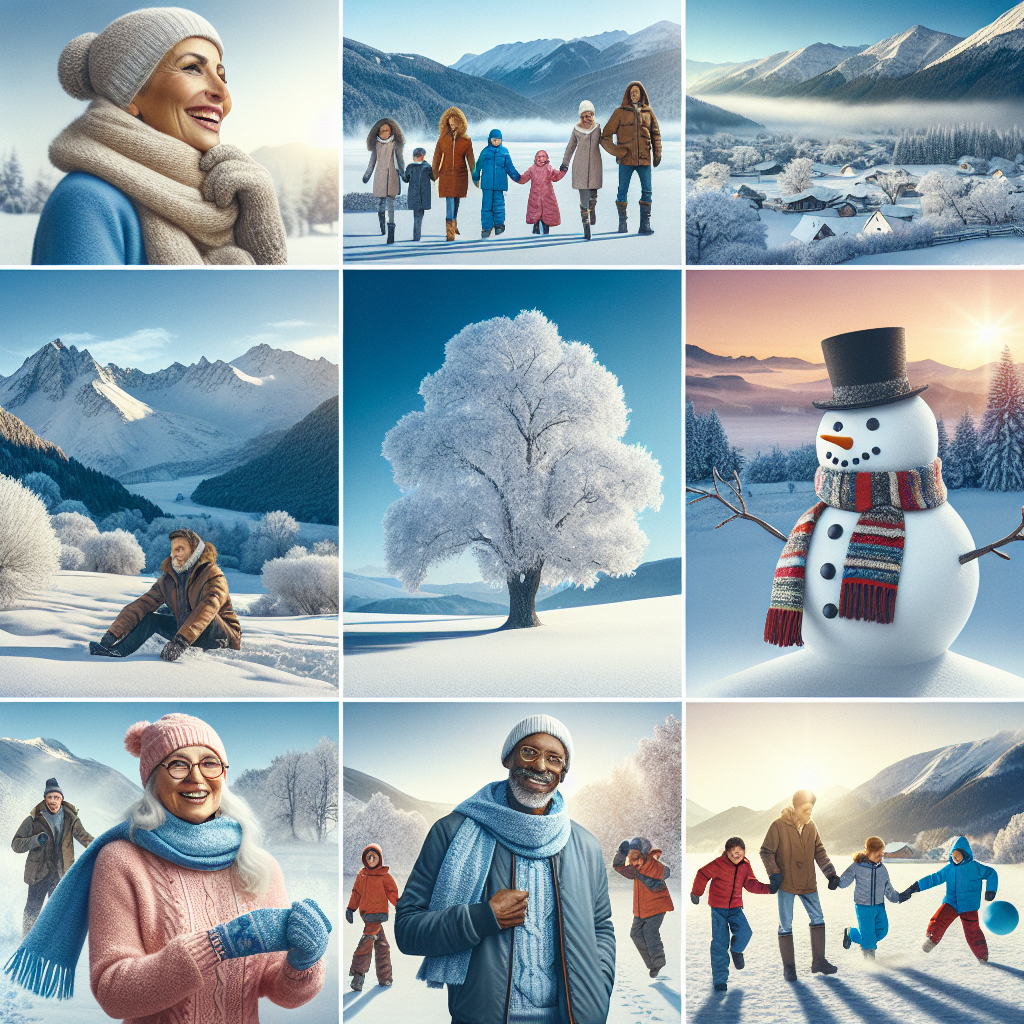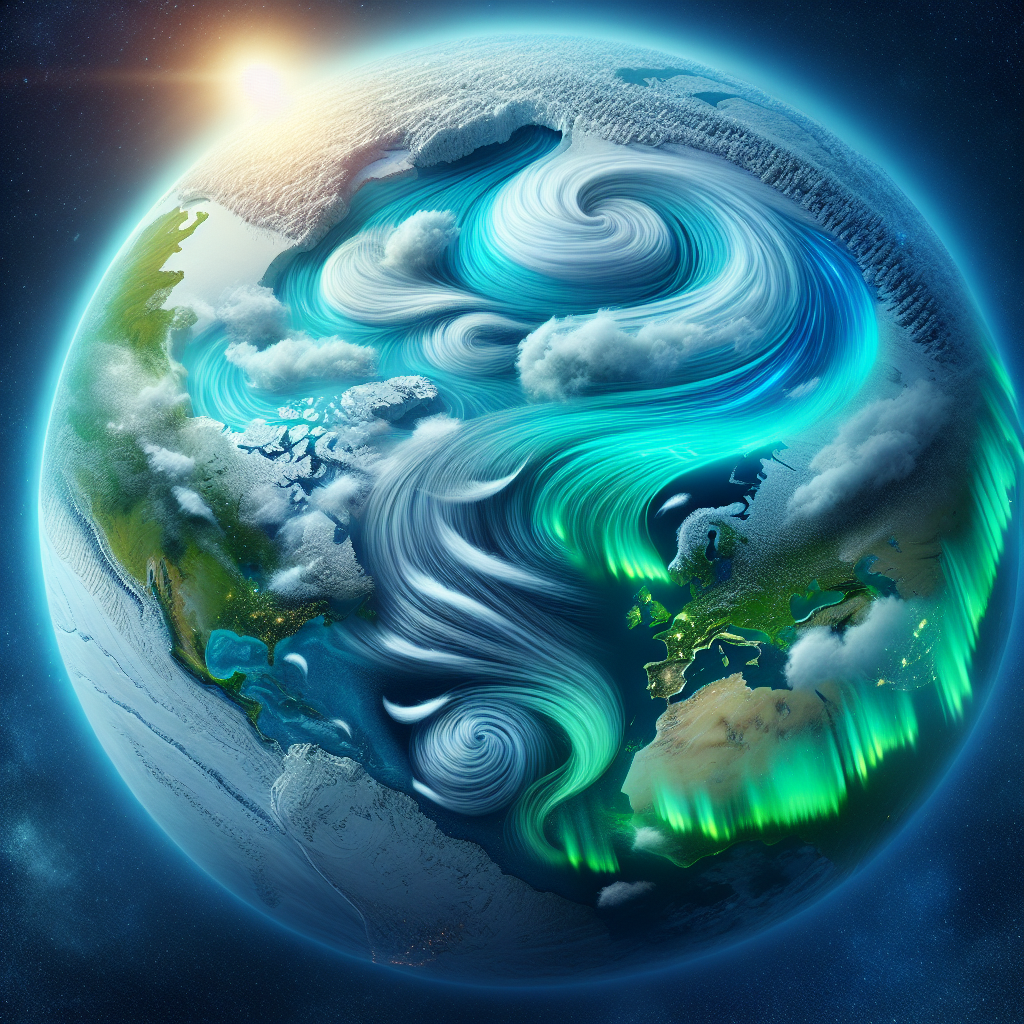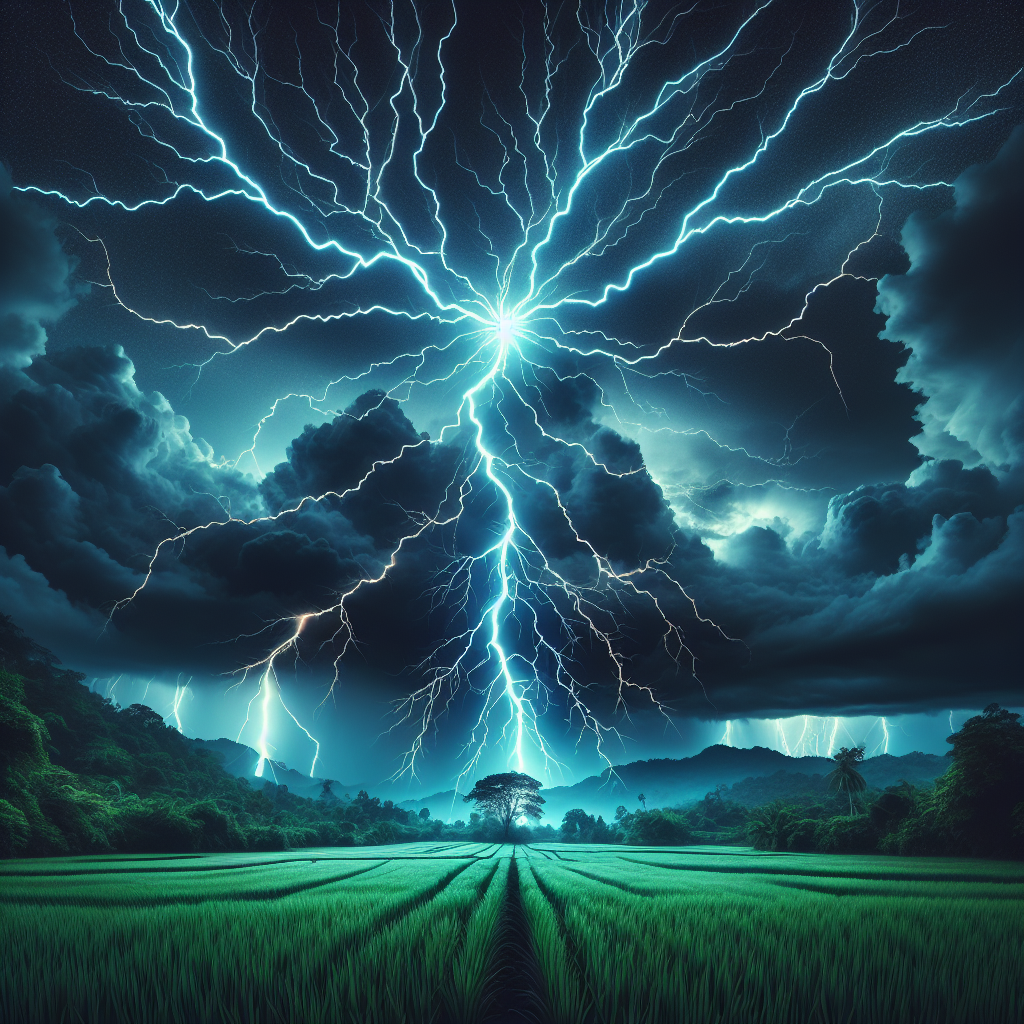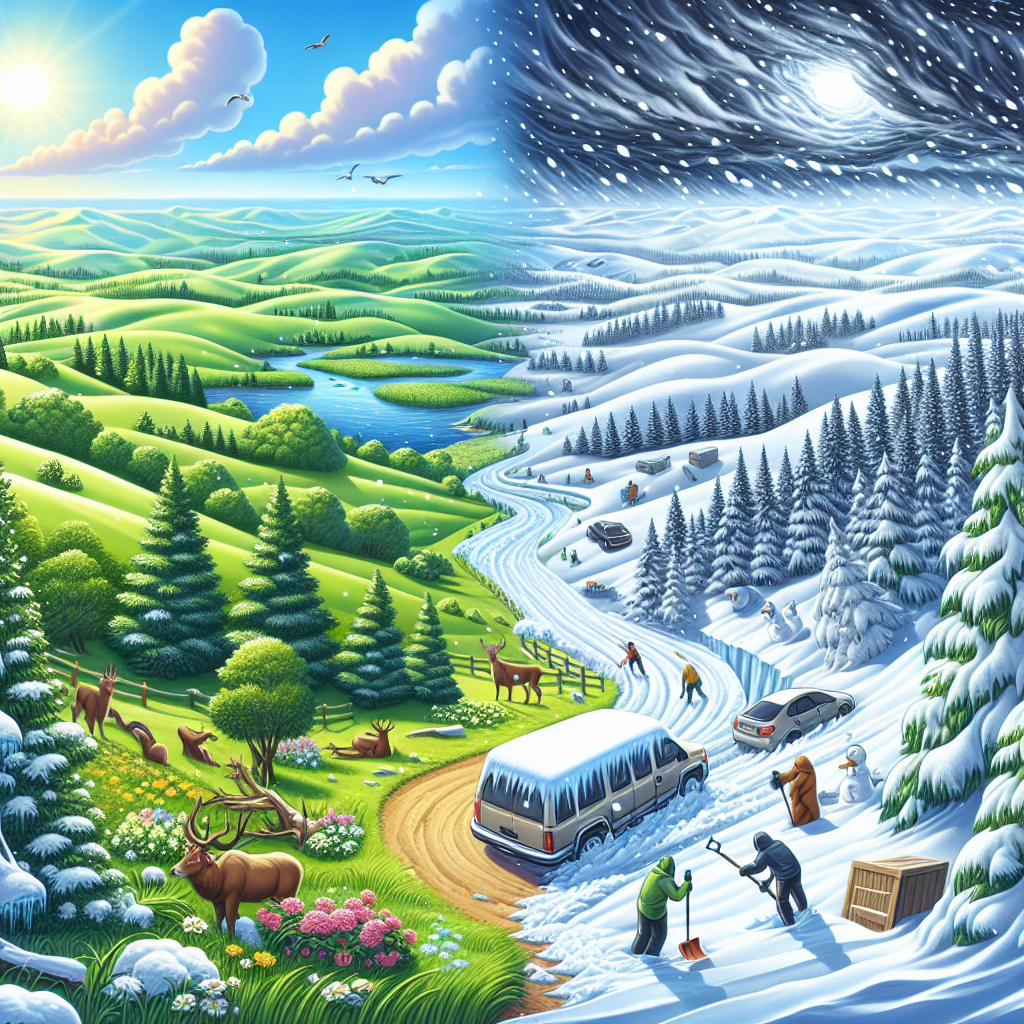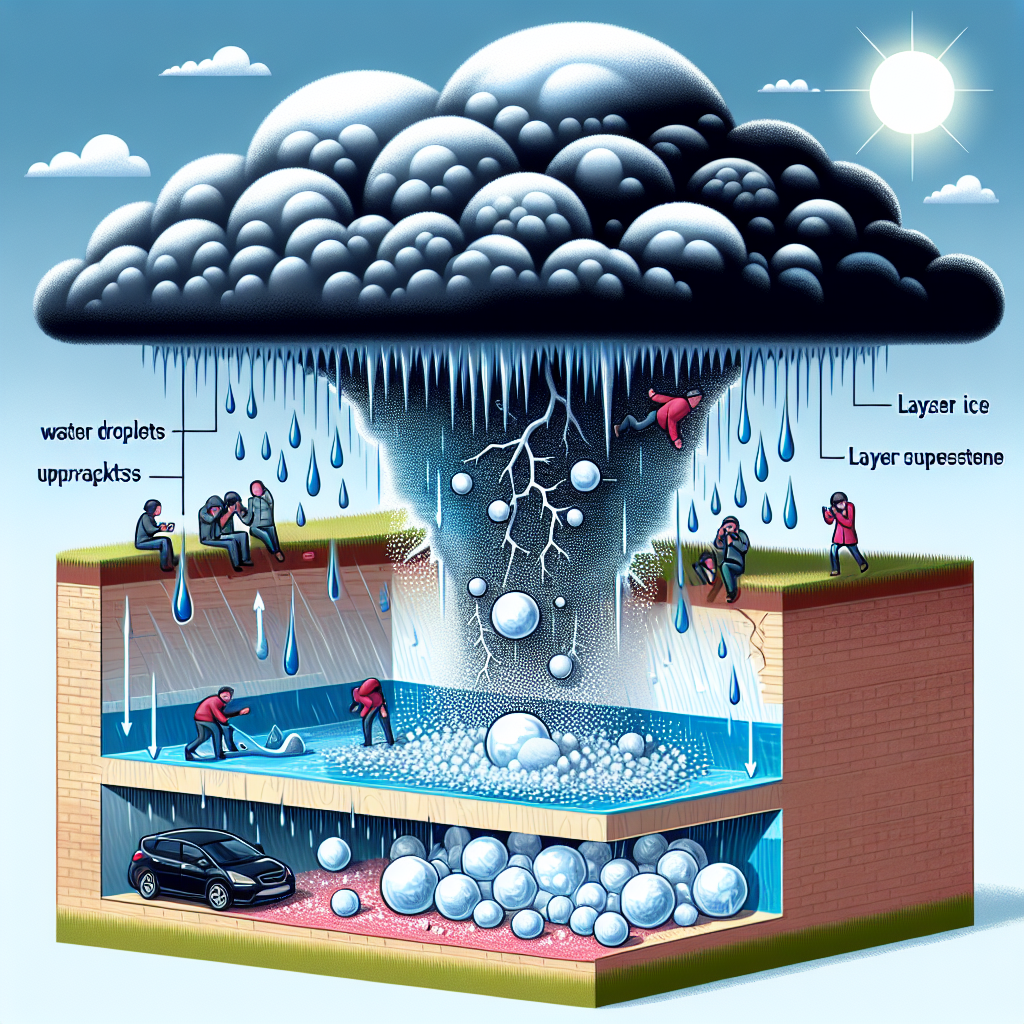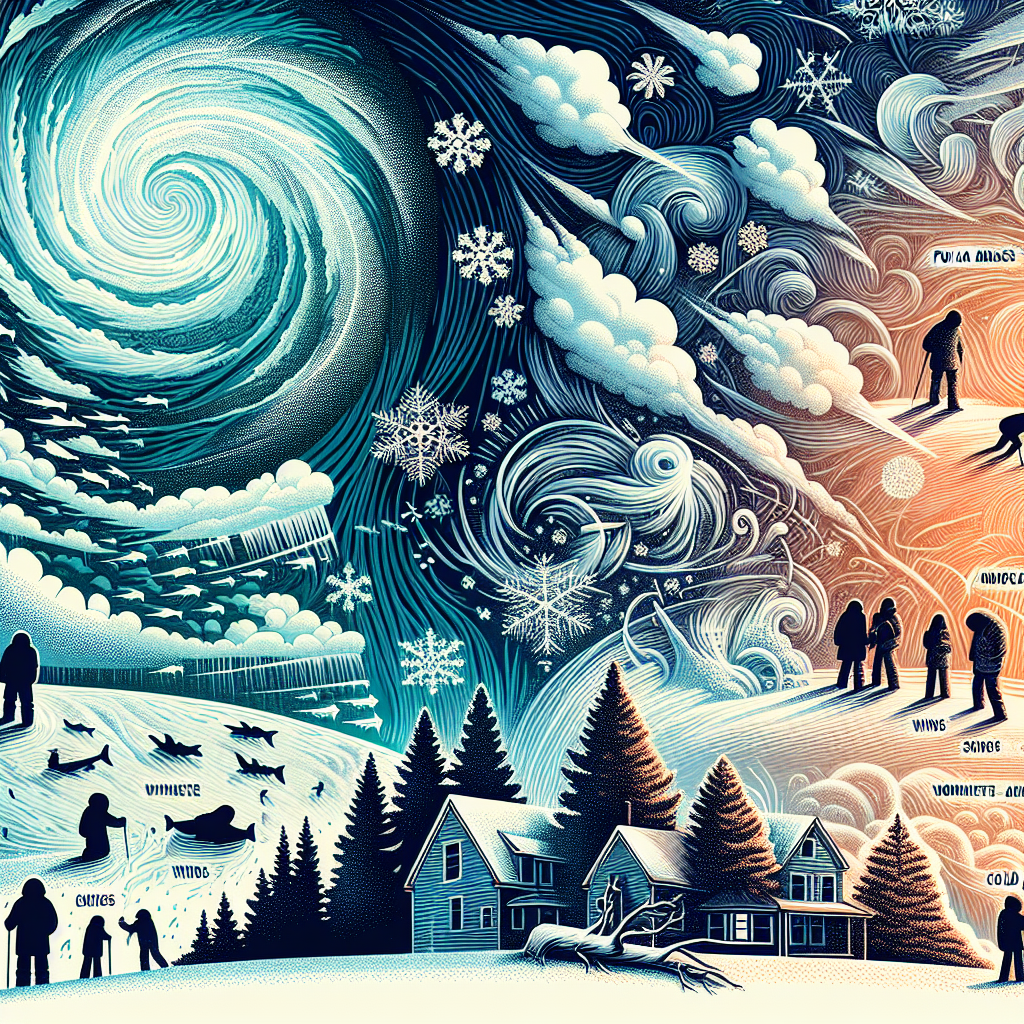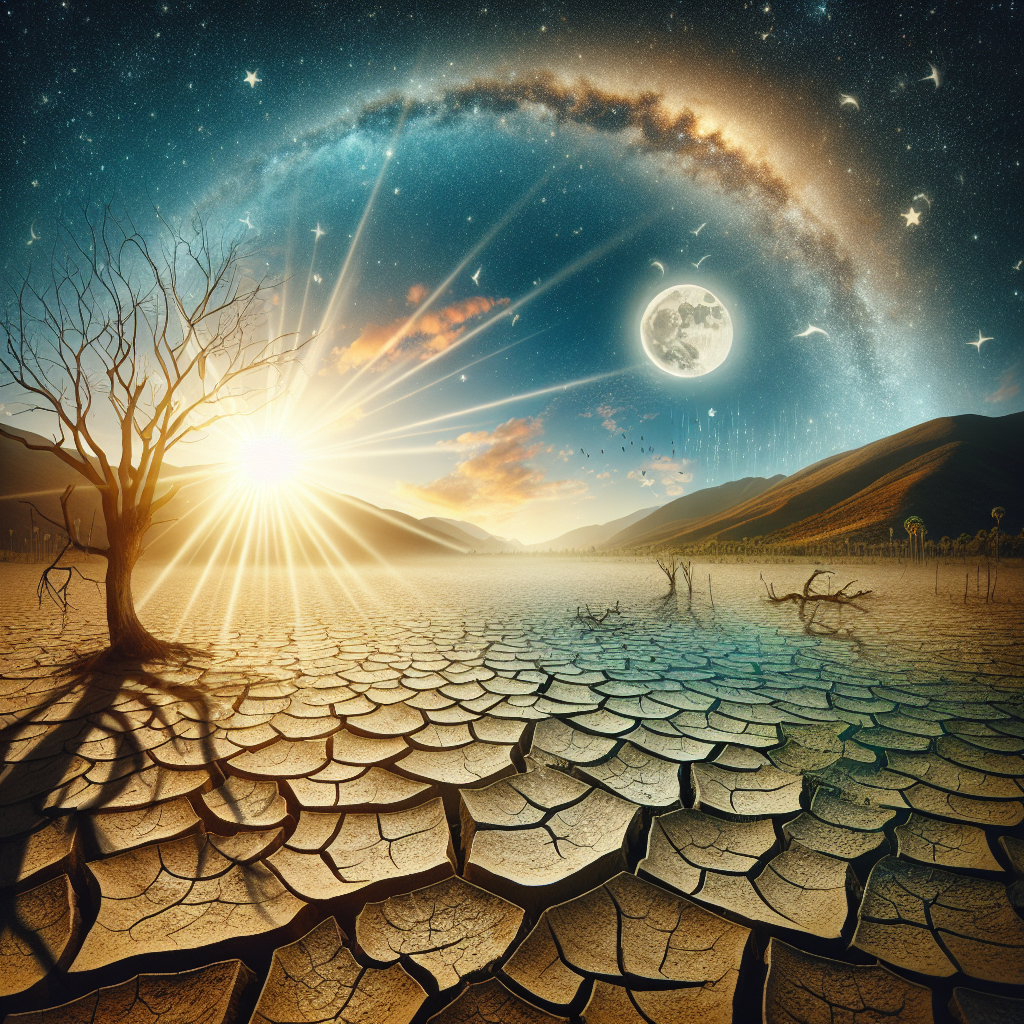Exploring the Chill: The Many Faces of Cold Weather
Understanding Cold Weather
Cold weather is a universal phenomenon, impacting regions across the globe differently, presenting unique challenges and opportunities for exploration, recreation, and lifestyle adjustments. Ranging from brisk autumn breezes to the severe conditions of winter blizzards, cold weather encompasses various temperatures, precipitation types, and atmospheric conditions, each with specific characteristics and effects.
Types of Cold Weather
Frigid Temperatures:
Frigid air masses descend from polar regions, typically during winter months, leading to conditions characterized by extremely low temperatures. These temperatures can lead to frostbite or hypothermia if proper precautions are not taken.Snow and Ice:
Snowfall can transform landscapes into picturesque scenes but also presents challenges for transportation and daily activities. Ice storms can coat surfaces, leading to hazardous driving conditions and power outages.Wind Chill:
Wind chill is a critical factor in assessing the danger of cold weather. As wind speed increases, the wind chill temperature can be significantly lower than the actual air temperature, heightening the risk of cold-related injuries.Freezing Rain:
This occurs when rain falls while surface temperatures are below freezing, leading to ice accumulation on surfaces. It poses severe risks to vehicles and pedestrians.
Geographic Variations
Cold weather varies vastly depending on geographic parameters, including latitude, elevation, and proximity to oceans or mountain ranges.
Polar Regions: The Arctic and Antarctic experience harsh cold weather characterized by prolonged periods of darkness and extreme cold. These areas play a pivotal role in global climate regulation.
Temperate Zones: Regions like Europe and North America experience a wide range of cold weather conditions from late autumn through early spring. This seasonal change affects agriculture and wildlife behavior.
Mountainous Areas: Elevated terrains often experience colder temperatures, intense snowfalls, and unique weather patterns due to orographic lifting, which influences local ecosystems.
Cultural Impact
Cold weather shapes cultural activities, traditions, and even culinary practices. Different regions adapt uniquely to their climates.
Festivals and Events: Many cultures celebrate winter with festivals that incorporate elements like ice sculpting, snow sports, and traditional foods. Notable examples include the Winter Carnival in Quebec and Icefest in the American Midwest.
Culinary Adaptations: In colder climates, dishes tend to be rich and hearty, often featuring warming spices. Stews, casseroles, and baked goods become staples, while hot beverages like mulled wine or spiced cider are prevalent.
Fashion and Design: Cold weather necessitates the use of protective layering and thermal materials. Fashion responds to these needs with stylish yet functional winter clothing, such as insulated jackets and thermal leggings.
Outdoor Activities
Cold weather provides an array of exciting outdoor activities, each appealing to different interests and skill levels.
Skiing and Snowboarding:
Popular in mountainous regions, skiing and snowboarding attract millions annually. Resorts cater to a wide range of experience levels, offering lessons, equipment rental, and après-ski entertainment.Ice Skating:
Both recreational and competitive ice skating thrive in winter. Sessions can take place in natural outdoor rinks or man-made arenas, bonding communities through shared experiences on ice.Winter Hiking:
Adventurous souls often explore winter trails, discovering landscapes transformed by snow. Essential gear includes snowshoes or crampons for safety and stability.Snowshoeing:
A low-impact exercise option, snowshoeing allows individuals to traverse snowy landscapes easily, making it a perfect activity for family outings.Ice Fishing:
This unique sport offers a quiet way to connect with nature. Enthusiasts drill holes in frozen lakes, waiting patiently for fish to bite while enjoying the tranquility of winter surroundings.
Environmental Concerns
Cold weather also raises environmental issues, including climate change, ecosystems, and urban planning.
Climate Change: Global warming affects cold weather patterns, leading to unpredictable snowfall and warming winters. This shift can disrupt ecosystems that rely on stable cold seasons.
Biodiversity: Many species rely on specific cold weather conditions for survival. Changes in winter temperatures can lead to shifts in habitat ranges, impacting local wildlife.
Urban Planning: Cities in colder regions must ensure robust infrastructure to handle snow removal, heating, and energy consumption during winter months. Innovative designs often include heat-reflective surfaces and green roofs to mitigate heating demands.
Preparing for Cold Weather
Preparation is essential when facing cold weather. Key considerations include:
Clothing: Layering is vital to managing body temperature in fluctuating conditions. Breathable textiles, thermal undergarments, insulated jackets, and waterproof outer layers help maintain warmth.
Home Preparation: Insulating homes and sealing windows prevent heat loss. Heating systems must be reliable and regularly maintained to ensure comfort.
Stay Informed: Winter weather can change rapidly. Keeping track of local forecasts and understanding weather advisories is crucial for safety.
Emergency Kits: Essential supplies should be on hand, including blankets, non-perishable food, water, flashlights, and first aid supplies. Knowledge of winter survival skills can be invaluable.
The Psychology of Cold Weather
Cold weather affects human psychology and behavior, often creating a dual experience of coziness and isolation. Seasonal Affective Disorder (SAD) can impact mood, prompting individuals to seek indoor activities. Engaging in hobbies, social interactions, and festive celebrations can mitigate these feelings, providing warmth not only through clothing but also through community connection.
Conclusion
Cold weather, with its myriad faces, simultaneously presents challenges and joys. Understanding its complexities allows individuals and communities to embrace the chill while being prepared for its potential hardships.

